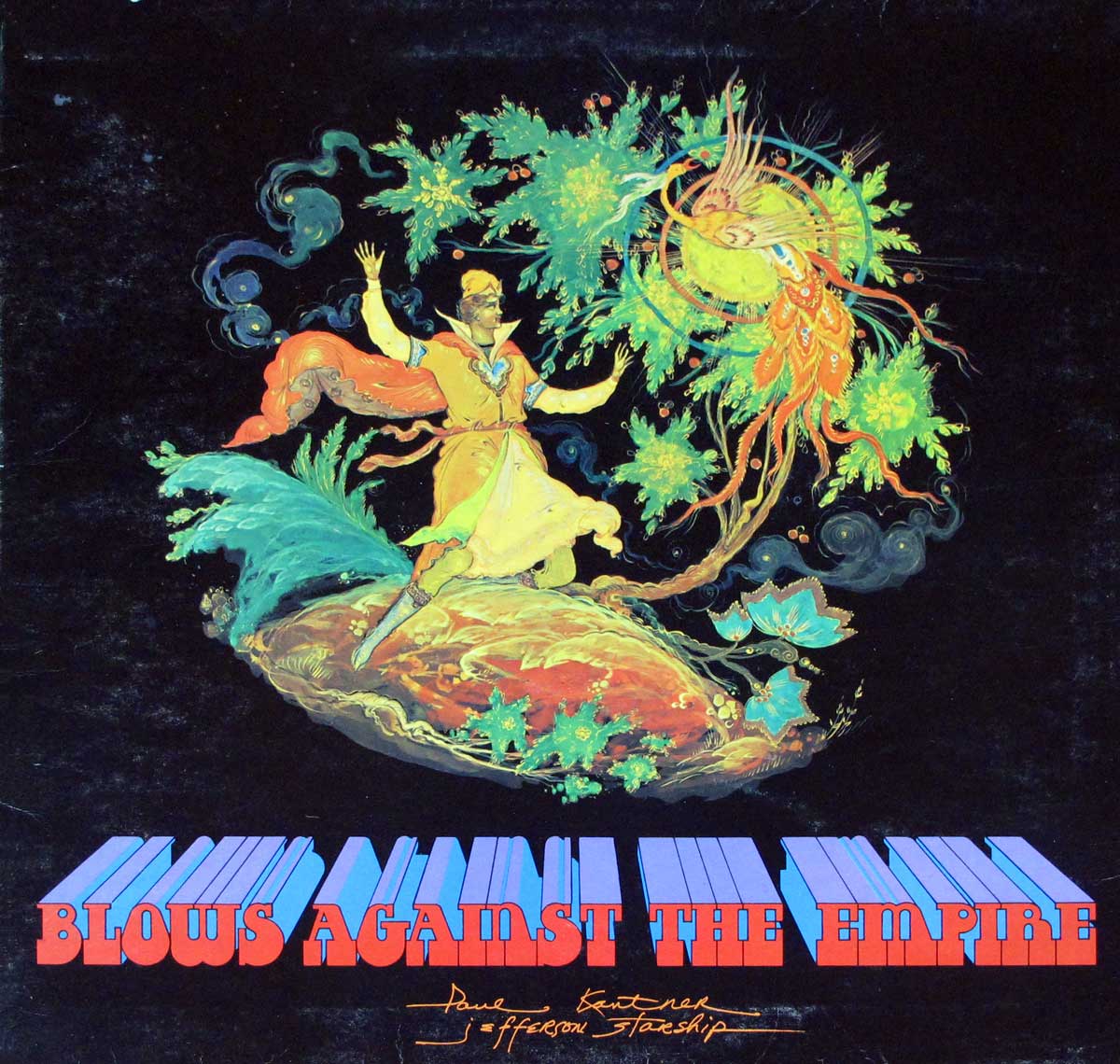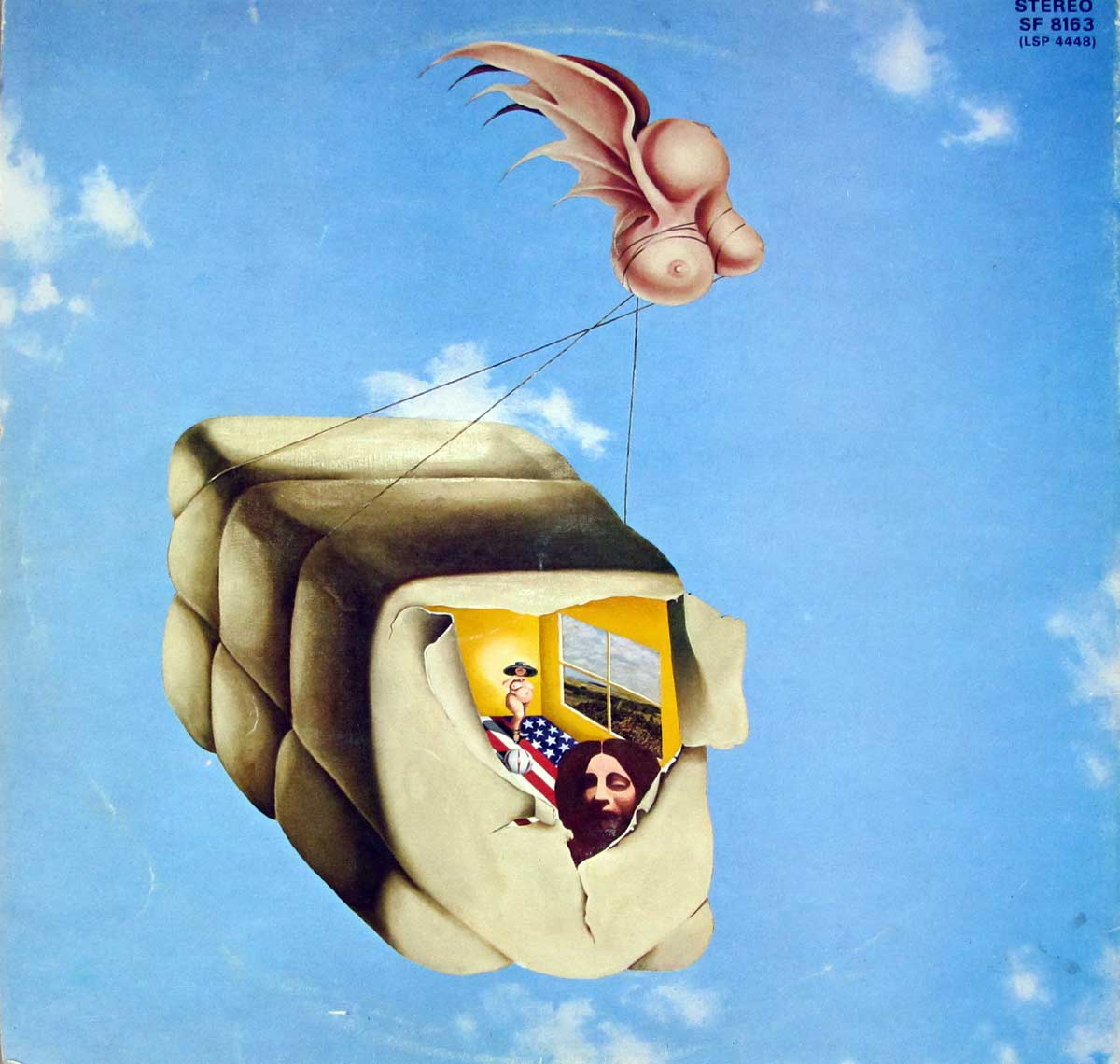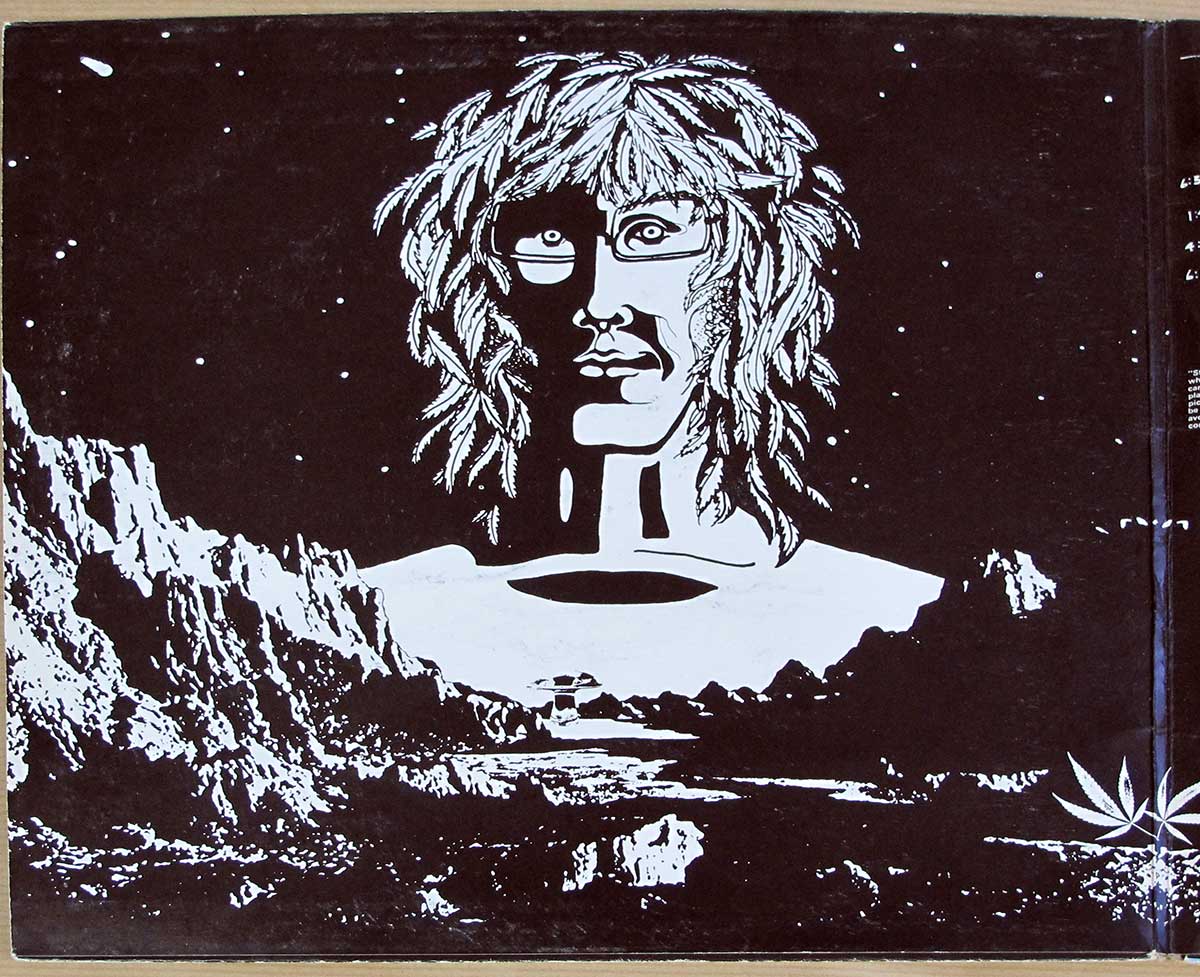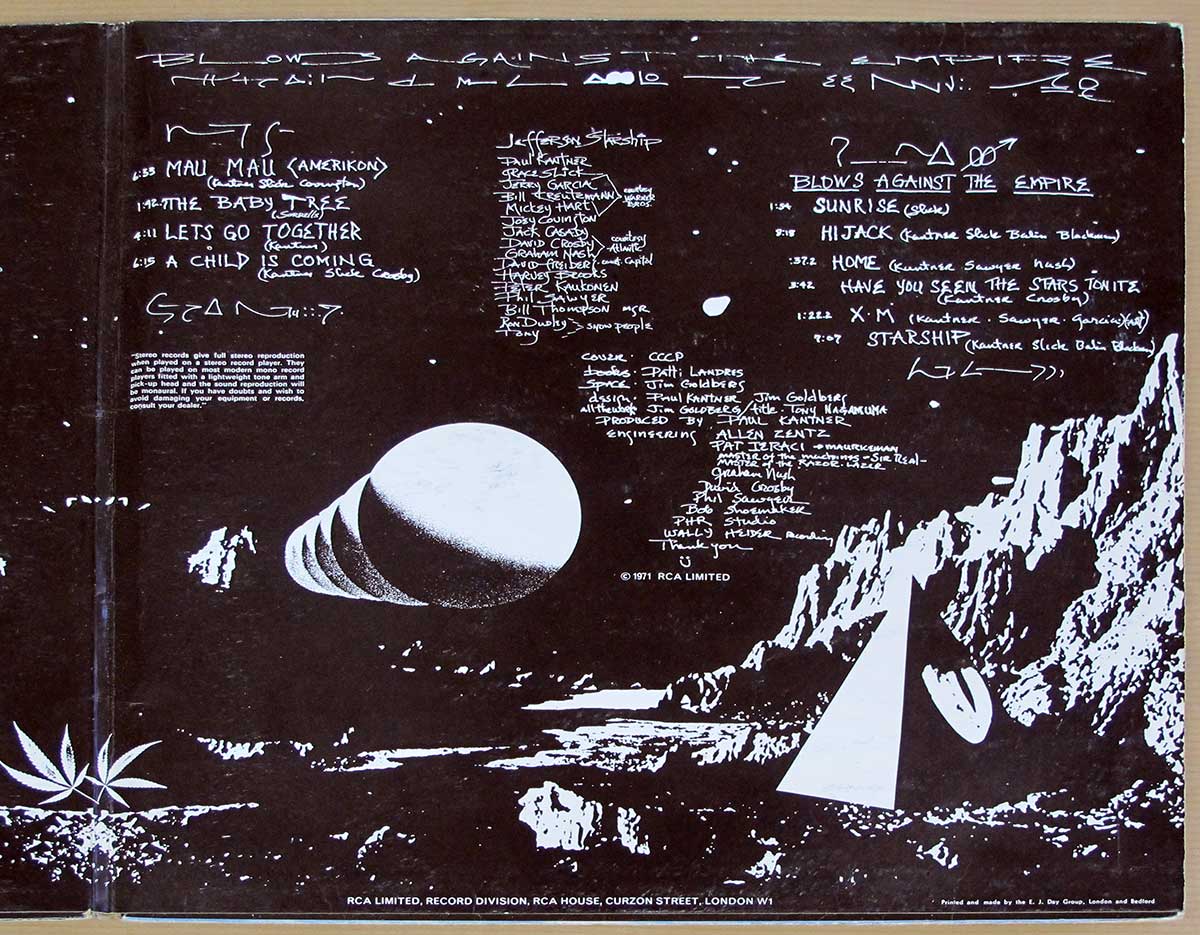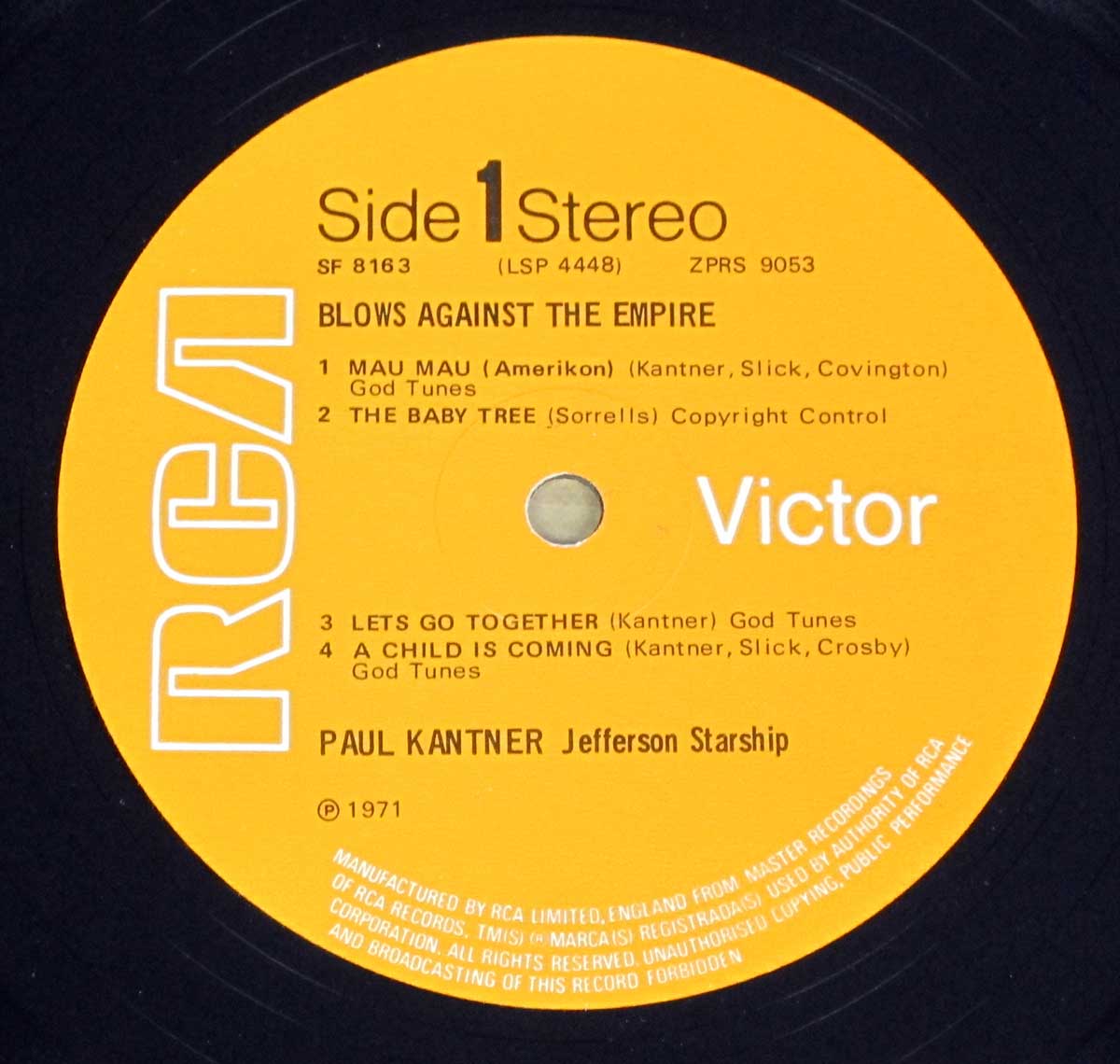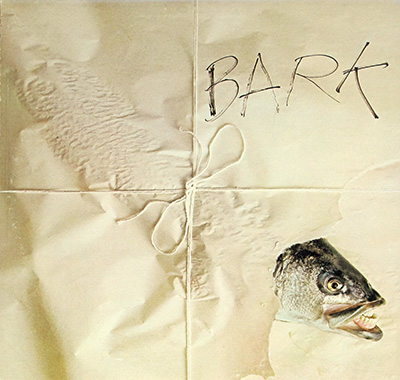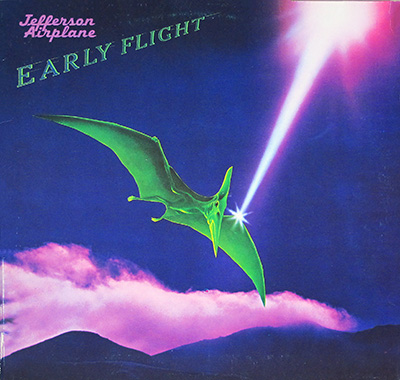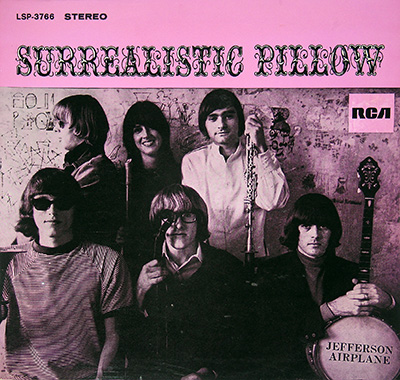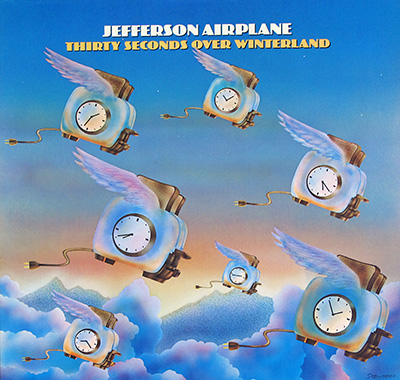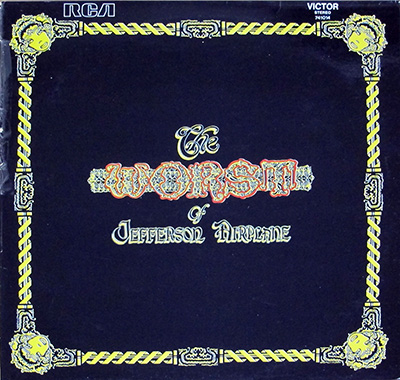During the 1960s and 1970s, Paul Kantner made his mark primarily through his involvement in two iconic bands: Jefferson Airplane and Jefferson Starship .
Jefferson Airplane (1965–1972) : Kantner co-founded Jefferson Airplane in 1965 in San Francisco, a band that became one of the leading groups in the psychedelic rock movement. Their music, characterized by revolutionary themes and experimental sounds, became synonymous with the counterculture of the late 1960s. Albums like Surrealistic Pillow (1967) and After Bathing at Baxter’s (1967) remain classic representations of the era. Kantner’s rhythm guitar and vocals, coupled with his keen interest in social commentary, helped solidify the band's political and cultural significance.
Jefferson Starship (formed 1974) : After Jefferson Airplane disbanded in the early 1970s, Kantner initiated a project that evolved into Jefferson Starship . Originally envisioned as a loose collaboration, the band took a more structured form with the 1974 album Dragon Fly. Kantner’s influence continued to guide the band as they shifted toward a more mainstream rock sound, bringing Jefferson Starship commercial success through albums like Red Octopus (1975). His presence kept the spirit of Jefferson Airplane alive, even as the music embraced a different direction.
Paul Kantner's work with these bands solidified his legacy as a pivotal musician in rock music, bridging the countercultural psychedelia of the 1960s with the arena rock of the 1970s.
Despite health struggles in later life, including a heart attack in 2015, Kantner continued to perform. He passed away on 28 January 2016 at age 74 due to multiple organ failure and septic shock. Kantner is remembered as a steadfast voice for artistic independence and social consciousness, influencing generations with his music and ideals.
